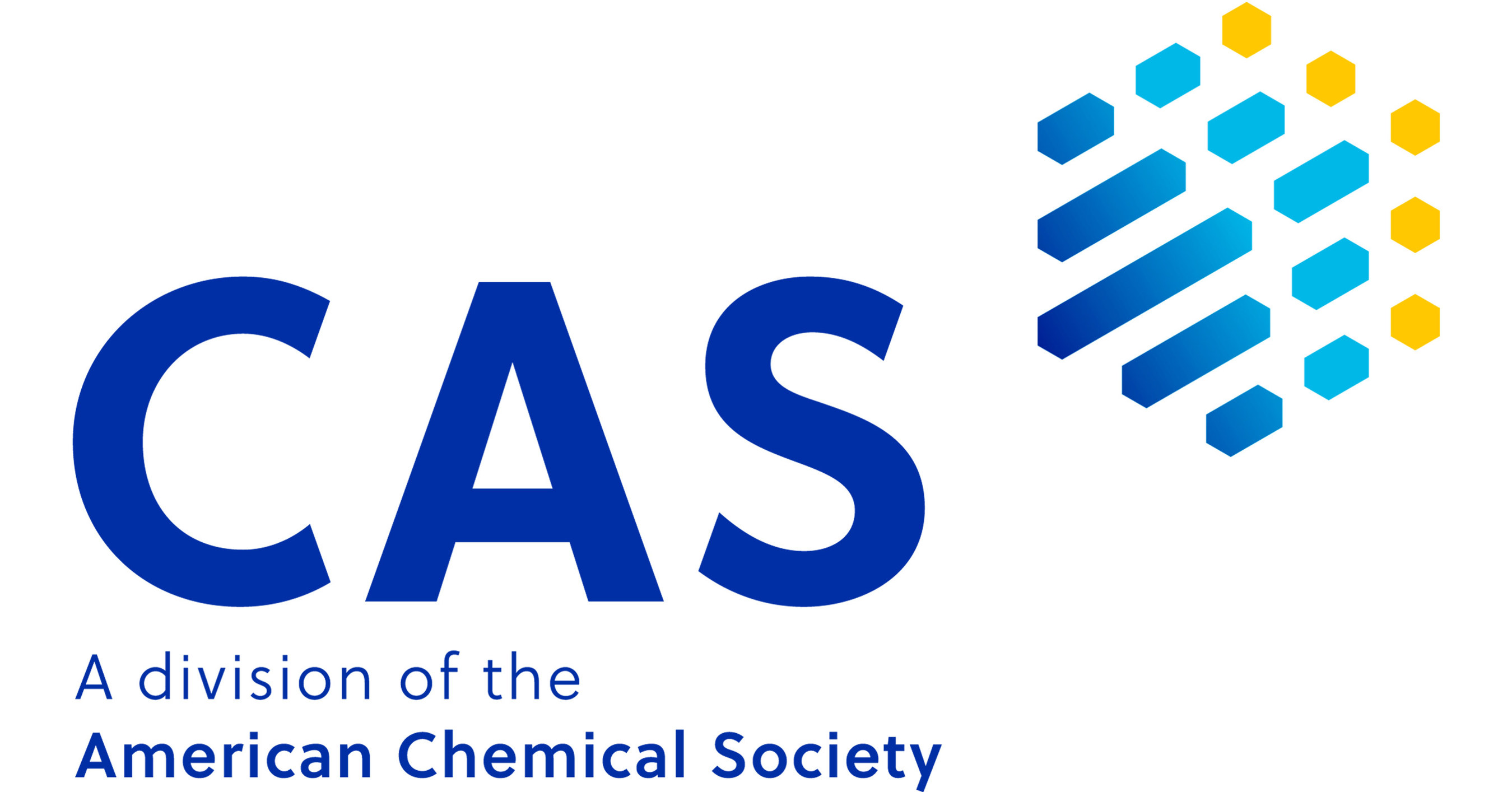The days since President Trump announced his far-reaching tariff plan have been a roller coaster ride — not just for the stock market, but for everyday consumers trying to make sense of the rapidly changing news. As shopping editors, we're studying how tariffs are likely to impact common purchases, potentially boosting the cost of everything from clothing to household essentials to tech.
Tariffs are taxes imposed by the U.S. government on goods made in certain countries. They're paid by the companies that import those goods. The main concern for shoppers: How much will companies boost retail prices to offset those taxes? As it stands now, a baseline 10% tariff on most imported goods is in effect. Steeper "reciprocal tariffs" have been paused for 90 days. If they do come to pass, they'll target 185 nations that the White House says disproportionately tax goods imported from the U.S.
The 90-day delay doesn't apply to goods made in China, which are subject to tariffs of up to 145%. Muddying the waters even more: on Friday, the administration announced that consumer electronics like smartphones and computers would be exempted, but then Trump said on Sunday that there will be "no tariff exception" for tech as the U.S. investigates further measures.
Prices on what's already in warehouses should stay steady for a bit, especially with the 90-day delay. Still, exactly how long will vary as companies examine their bottom lines. If you've been planning a big-ticket purchase in the following categories, consider hitting the buy button now.
Clothing and accessories
If you haven't given your closet its long-awaited spring refresh, the time is now. According to a Yahoo Finance visualization of a PwC analysis, the apparel industry could see a nearly $16 billion impact from tariffs, much of which is expected to trickle down to shoppers. Roughly $12 billion of that will spring from the reciprocal tariff plan.
About 98% of clothing sold in the U.S. is imported, according to the U.S. Fashion Industry Association. Among the main exporters: China and other Asian nations such as Vietnam and Indonesia, which could see 46% and 32% reciprocal tariffs, respectively.
To look at one prominent brand, Lululemon has long been a splurge for athleisure fans, but it could get even splurgier. The Canadian company imports over half of its goods from China, Indonesia or Vietnam, according to a Yahoo Finance visualization based on data from the company and investment firm Stifel.
Certain materials are more vulnerable to price hikes too. An analysis by the nonpartisan Yale Budget Lab found that leather goods could see a price bump of over 18% once all tariffs are in place, Yahoo News reports. Wool is another example: Just like leather, this classic cold-weather staple is likely to see prices rise, to the tune of around 11%.
Favorites to consider buying now:
Shoes
Like clothing, footwear is overwhelmingly made overseas. Imports comprised almost 96% of U.S. shoe consumption in 2021, with the bulk of products coming from China, Vietnam, Italy and Indonesia, according to the U.S. International Trade Commission.
Your favorite brands are squarely in the crosshairs. Take Skechers' comfy, casual sneakers; while they're a no-brainer for spring and summer walks, 40% of the brand's goods are made in China, and another 40% come from Vietnam. Hoka's parent company, Decker Brands, makes 64% of its products in Vietnam and 20% in China. And Crocs makes 70% of its famously comfy footwear in China, Indonesia or Vietnam.
Favorites to consider buying now:
Tech
The U.S. has made some strides to lure tech manufacturing back to the U.S., most notably through the 2022 CHIPS and Science Act, but our favorite gadgets and gizmos are still overwhelmingly made in Asia. China accounts for 79% of U.S. laptop and tablet imports and 78% of smartphone imports, according to the Consumer Technology Association.
That leaves this already-pricey segment particularly vulnerable to tariff-related price hikes. And even if consumer tech remains exempt from the steeper reciprocal numbers bandied about since early April, experts say other tariffs, including some related to national security, could still apply.
If you've considered succumbing to the siren song of an iPad, it might be wise to buy now. Along with laptops, the segment could see a 45% increase in consumer prices because of tariffs, which could translate into an average $200 retail cost increase, according to a Yahoo Finance visualization of CTA data. Smartphones could see a 26% bump, or an average retail price increase of $213. Speakers and headphones could see an 11% increase, shaking out to an average $35 retail price hike for headphones.
Favorites to consider buying now:
Appliances
Experts tell Yahoo Finance that about 40% of appliances are imported. But you could see tariff-related price bumps on gear large and small, even if you're buying from a brand that does manufacture its products in the U.S. "One example is refrigerators," reports TastingTable's Matthew Spina. "While there are fridges from Whirlpool or GE made in the U.S., Trump has increased tariffs on the steel and aluminum used to make them. This means buying a new refrigerator is expected to cost 20% more than it did before those tariffs."
Massachusetts-based SharkNinja makes most of its products in China, CNBC reports. Whether you have your eye on a vacuum, ice cream maker or air fryer, that means now might be the time to buy. Similarly, tariffs mean price bumps are likely on the contraptions that produce your piping-hot cup of joe. In 2019, when Keurig Dr. Pepper pressed the Trump administration to drop previous tariff plans, the company said that 88% of U.S.-sold coffee brewers come from China.
Favorites to consider buying now:
Household essentials
If you've made it through the rest of this list satisfied that you can get by without a lot of these items, more power to you. But plenty of stuff that falls in the "needs" category could see tariff-related price increases.
Beverages alone could see a $7.2 billion impact. Fruits, vegetables and specialty foods face a $5.3 billion impact. For a prime example, let's look at bananas: While the U.S. grows some bananas in Hawaii and Puerto Rico, it lacks the tropical climate to do it at scale and imported nearly $3 billion in bananas in 2023. Dole, one of the nation's largest banana suppliers, sources its fruit "from equatorial regions, including Costa Rica, Ecuador, Colombia and Peru."
Big-box chains like Walmart have the negotiating power to offset some portion of price increases, but stores selling more discretionary items (think Target, with its greater emphasis on style and beauty) may be more vulnerable, Yahoo Finance reports. And plenty of staples like toiletries, cereal and paper goods could see ingredient and raw material costs rise, even if they're made in the U.S. Charmin maker Procter & Gamble relies on wood pulp from Canada and Brazil, reports House Digest. That means tariffs could still ultimately spur price hikes that affect your bum's bottom line.
Much like toilet paper, it's the stuff that goes into shampoo that makes it vulnerable to tariff price bumps. Palm oil, found in many brands, is largely imported from Indonesia, CNBC reports, referencing data from the Consumer Brands Association. And while you may not see palm oil in an ingredients list, that doesn't mean it isn't there. For instance, Pantene's Sheer Volume shampoo contains sodium lauryl sulfate and sodium laureth sulfate, both of which are common palm oil derivatives.
Favorites to consider buying now:
.png)
 German (DE)
German (DE)  English (US)
English (US)  Spanish (ES)
Spanish (ES)  French (FR)
French (FR)  Hindi (IN)
Hindi (IN)  Italian (IT)
Italian (IT)  Russian (RU)
Russian (RU) 















Comments